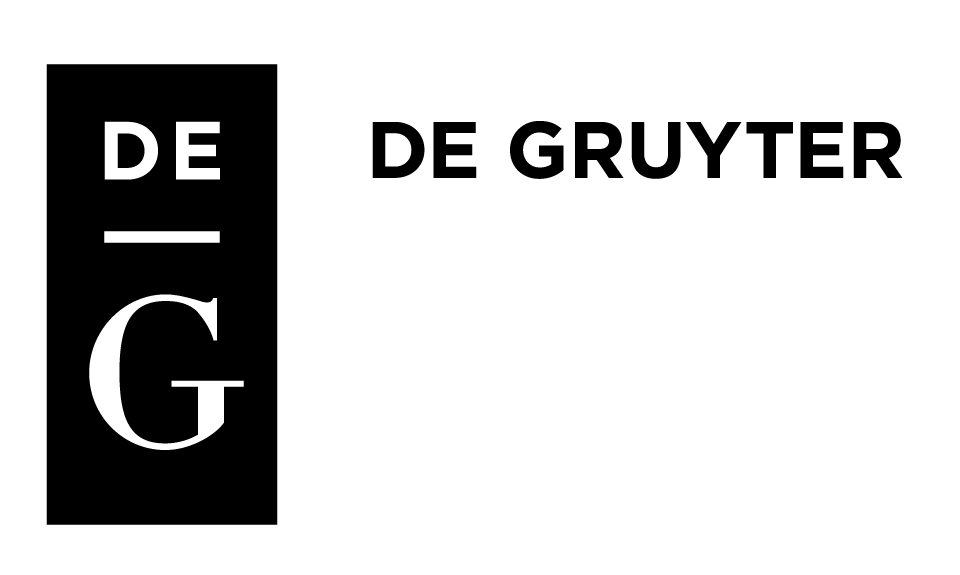Phonetica was published by Karger Publishers up to and including 2020. If you or your institution subscribed to Phonetica during that period, you might still have access to the full text of this article on the Karger platform if you cannot access it here.
Abstract
A theoretical framework for speech reduction is outlined in which ‘coarticulation’ and ‘articulatory control’ operate on sequences of ‘opening-closing gestures’ in linguistic and communicative settings, leading to suprasegmental properties – ‘articulatory prosodies’ – in the acoustic output. In linking this gestalt perspective in speech production to the role of phonetic detail in speech understanding, this paper reports on perception experiments that test listeners’ reactions to varying extension of an ‘articulatory prosody of palatality’ in message identification. The point of departure for the experimental design was the German utterance ich kann Ihnen das ja mal sagen ‘I can mention this to you’ from the Kiel Corpus of Spontaneous Speech, which contains the palatalized stretch [k̟<sup>h</sup>ε̈n<sup>j</sup>n<sup>j</sup>əs] for the sequence of function words /kan i.n(ə)n das/ kann Ihnen das. The utterance also makes sense without the personal pronoun Ihnen. Systematic experimental variation has shown that the extent of palatality has a highly significant influence on the decoding of Ihnen and that the effect of nasal consonant duration depends on the extension of palatality. These results are discussed in a plea to base future speech perception research on a paradigm that makes the traditional segment–prosody divide more permeable, and moves away from the generally practised phoneme orientation.
verified
© 2011 S. Karger AG, Basel


